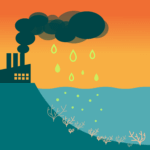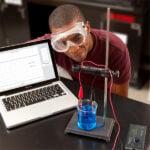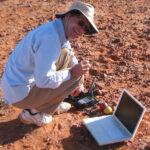
Sharing ideas and inspiration for engagement, inclusion, and excellence in STEM
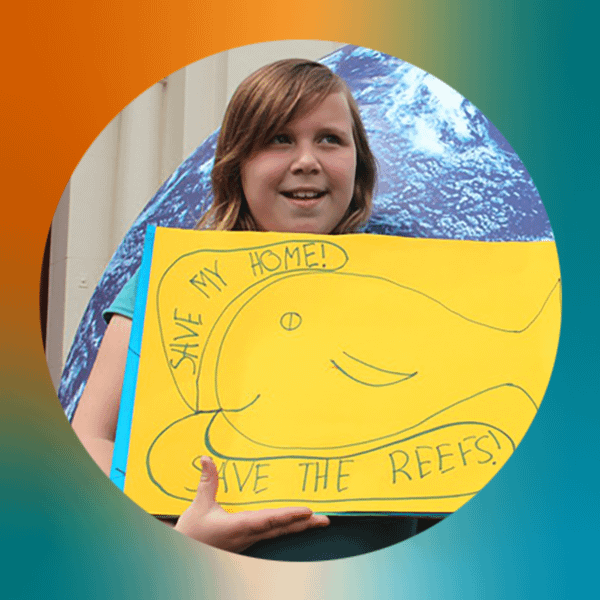
Teaching students about climate change can be challenging; it’s a broad, interdisciplinary topic, and it’s not always part of an established curriculum. However, teaching students about the impact of climate change can be relatively simple.
Take water, for example. According to NPR, scientists have found that “oceans have borne the brunt of climate change thus far,” and the negative effect of acid rain is well established.
Vernier offers multiple resources that can help you teach the science behind these concepts—and in the process, help develop STEM-literate students who are committed to tackling climate change.
Webinars
Save the date for our November 23 webinar on ocean acidification, which is harming coral reefs and putting many forms of marine life at risk. According to the Great Barrier Reef Foundation, “Coral reefs are one of the marine ecosystems most vulnerable to ocean acidification. [Also,] increasing levels of carbon dioxide in the atmosphere from rising emissions are exacerbating coral bleaching.” This free webinar will showcase an experiment you can use to introduce the concept of ocean acidification to your students and to teach them the corresponding science.
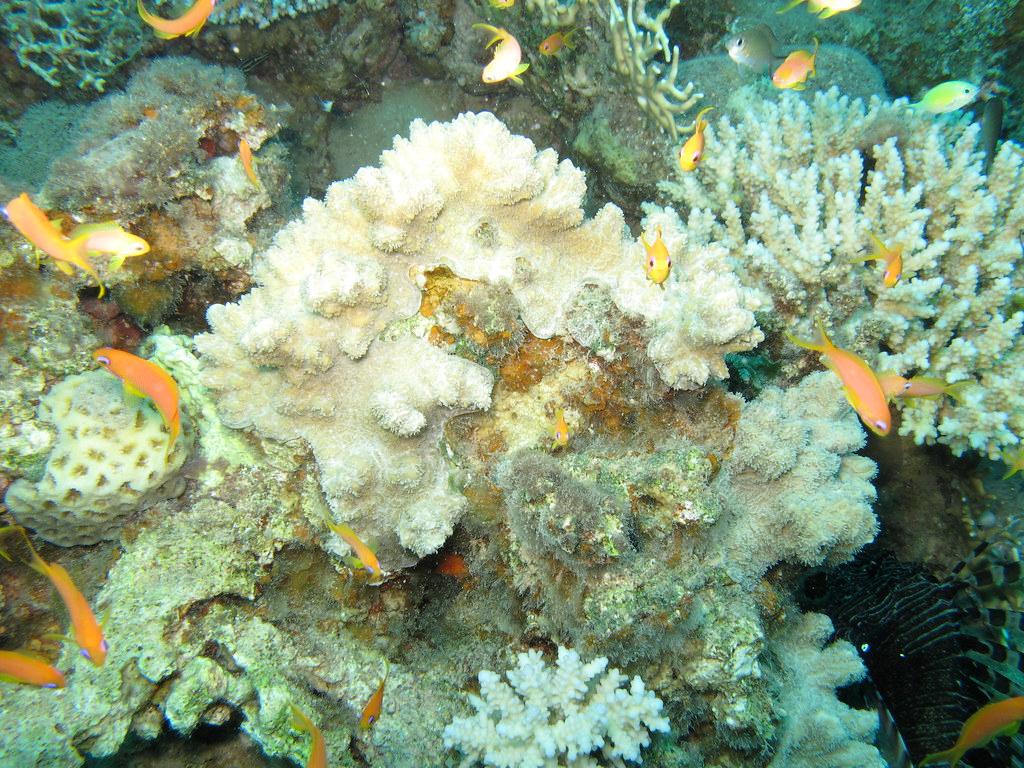
Photo source: prilfish via Creative Commons.
In the meantime, if you want to learn more about ocean acidification, check out this Caliper article from April 2021. Another option is to view a recording of our recent “Aquatic Animal Health and Dissolved Oxygen” webinar. Featuring a biology experiment for high school and college students, it focuses on molecular oxygen and water temperature.
Visit our website to register for the November 23 webinar on ocean acidification or to browse past webinars on myriad other topics.
Experiments
Vernier also offers chemistry experiments that can help you teach the science behind acid rain, another topic related to climate change. One example is “The Effect of Acid Rain on a Marble Structure,” which is geared toward high school students. In this experiment, students use the Go Direct® Gas Pressure Sensor or a Gas Pressure Sensor to demonstrate and measure the effect of acid rain on exposed stone surfaces. Students also calculate the rate of acid degradation of limestone.
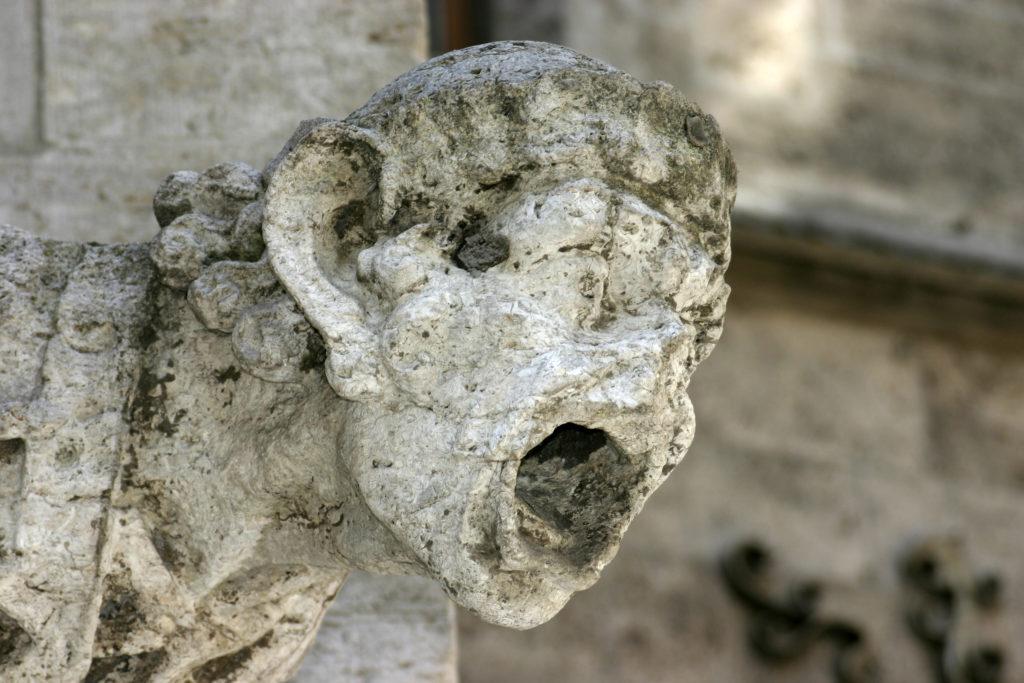
negative effects from exposure to acid rain.
Photo source: Nino Barbieri via Creative Commons.
Another option is “The Effect of Acid Deposition on Aqueous Systems,” which is designed for both high school and college students. In this experiment, students use the Go Direct pH Sensor or a pH Sensor to monitor pH as dilute sulfuric acid is added to a water sample. After that, students use the Go Direct Conductivity Probe or a Conductivity Probe to determine the conductivity of water from the same source.
Personalized Training
Vernier is committed to setting up educators for success and supporting their efforts to develop STEM-literate students. To that end, our STEM education experts offer one-on-one training that is tailored to your needs and interests—including the impact of climate change.

Both free and paid options are available, but due to COVID-19, all training is remote until it is safe to resume in-person offerings.
Visit our website to learn more and to request personalized training.
Sources
- https://www.npr.org/2021/05/27/999837654/fearing-their-kids-will-inherit-dead-coral-reefs-scientists-are-urging-bold-acti
- https://www.epa.gov/acidrain/what-acid-rain
- https://www.barrierreef.org/uploads/Ocean%20Acidification%20Fact%20Sheet.pdf
- https://www.epa.gov/ocean-acidification/effects-ocean-and-coastal-acidification-marine-life
Share this Article

Sign up for our newsletter
Stay in the loop! Beyond Measure delivers monthly updates on the latest news, ideas, and STEM resources from Vernier.

